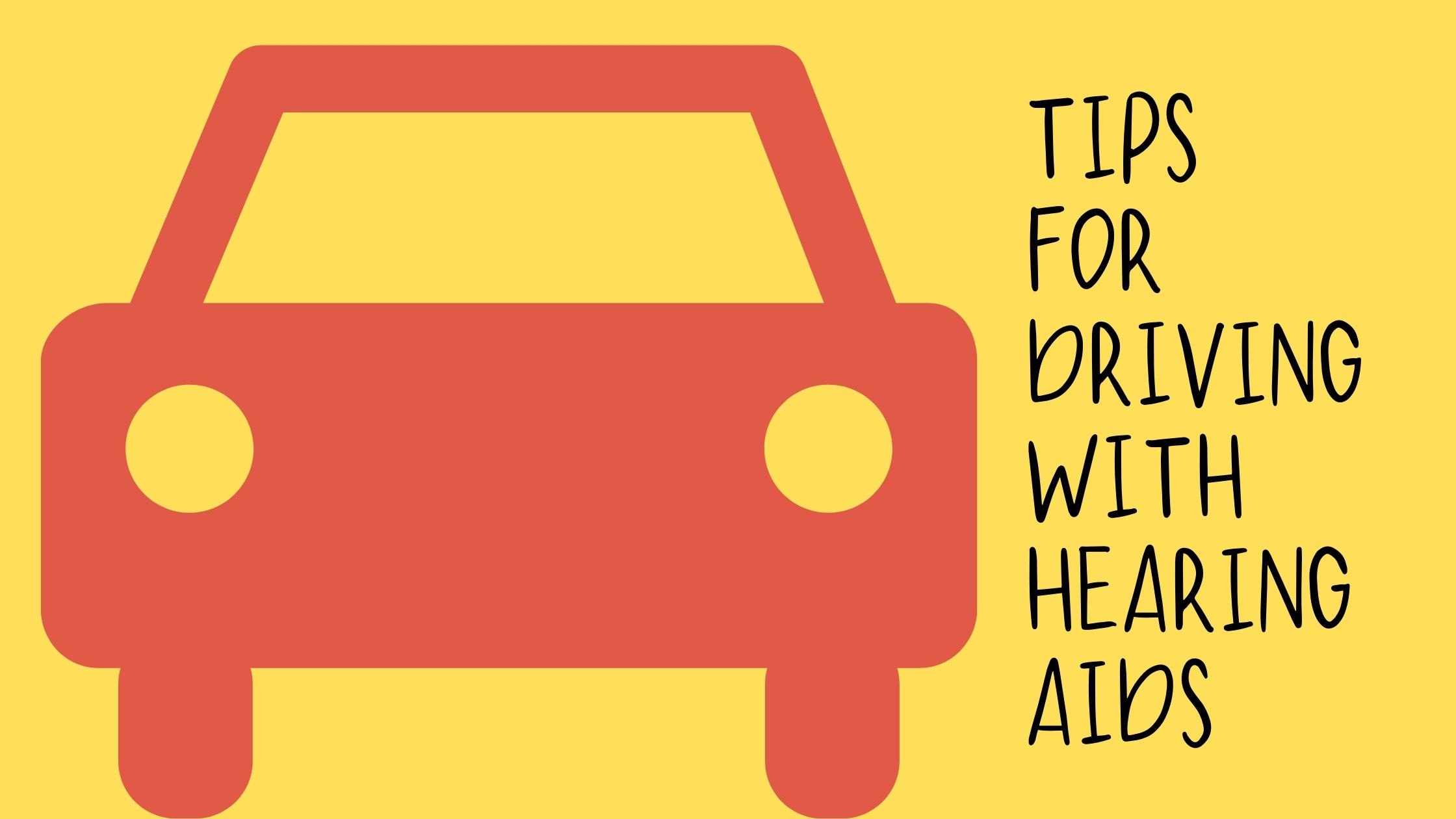In 2019, there were 229 million licensed drivers in the United States. That’s a lot of cars on the road! It’s also estimated that around 48 million Americans have some degree of hearing loss. With those two known components, it’s safe to assume that a large number of people driving each day are impacted by the loss or decline of hearing.
There are no rules that state that impaired hearing in and of itself makes operating a vehicle unsafe. A vast majority of people with hearing loss successfully drive each day. However, if hearing loss has made a more recent arrival in your life and if you’ve decided to treat that hearing loss with hearing aids, you may need a refresher course on how to drive safely in your new hearing reality.
Hearing loss in midlife
Many Americans experience a decline in their hearing health later in life. Noise-induced hearing loss is the leading cause of mature cases of hearing deterioration. This happens when you are exposed to too-loud noises, either in a sudden event or slowly and over time. The inner ear cells, sensitive and delicate in nature to receive nuanced sound information, are non-regenerating. That means that when they are physically damaged, either from an accident or long-term exposure to too-loud noise, they do not repair themselves. Hearing loss is the outcome when you can no longer collect and transmit all of the external sounds around you.
People in midlife are also more likely to experience age-related hearing loss. In these cases, the inner ear cells simply degenerate due to the natural aging process. Around one-third of American adults between 61 and 70 years of age exhibit hearing loss and that number climbs upwards of 80% for people older than 85.
Examine your habits
People with midlife onset hearing loss will need to take extra care on the road. Much of the habits of your driving life were formed during a time when your ability to hear was not in decline. Because the human body is designed for efficiency, we often turn the conscious into the unconscious.
When you first began driving, your teenage self was highly conscious of their environment as they learned to safely operate a vehicle. Over the span of decades, many of those conscious activities of scanning the environment became second nature, or unconscious.
Now, however, the rules have changed a bit. Your hearing, once an important detector of the road environment, is no longer as reliable as it once was. Driving safely with hearing loss means you will have to pay more particular attention to the road using visual cues or consciously attuning your new hearing abilities to scan for information.
Wear two hearing aids
Hearing loss is most likely present in both of your ears, which is why audiologists recommend investing in two hearing aids. Our sense of hearing is more than just the transmission of sound from the external world, a less conscious by-product of hearing with two ears is that it can also aid us in locating where the sounds are coming from.
Sound localization is also called binaural hearing, which is a largely unconscious process your brain uses by comparing the loudness of sound from one ear to the other in order to hone in on where that sound is coming from.
Casually, it helps you turn toward a friendly hello on the street or at a party. On a more serious note, it can help you identify where important traffic noises, like car horns or increased acceleration, are coming from.
Eliminate background noise
One of the most frustrating aspects of hearing loss can be the impact of background noise on your ability to hear with ease. In a quiet room, conversation can be a much less effortful activity. But how often are we living in a truly quiet environment? Most of the time, the noisy world around us takes a toll on listening ease.
As you adjust to your enhanced hearing life with hearing aids, you will still notice the impact of background noise on your ability to comfortably listen. In the car, don’t make your focus on driving compete for attention. At least for a while, don’t listen to music or audio in the car and try to keep your passengers’ conversations to a minimum.
Eliminate distractions
Remember the joke about turning down the radio as you search for a street address or when backing out of the driveway? We’re all aware that decreasing volume levels doesn’t actually help your vision. But, it does eliminate an unnecessary distraction that can help you to focus your attention.
As you pay more attention to the visual cues around you and the new ways you hear with hearing aids, eliminate distractions within your vehicle so that you can focus more fully on driving. This can mean turning the radio off, asking passengers to keep their ruckus to a minimum, and making sure that your phone is in driving mode or ‘do not disturb’ so that you won’t be distracted from the main event: operating your vehicle safely.

